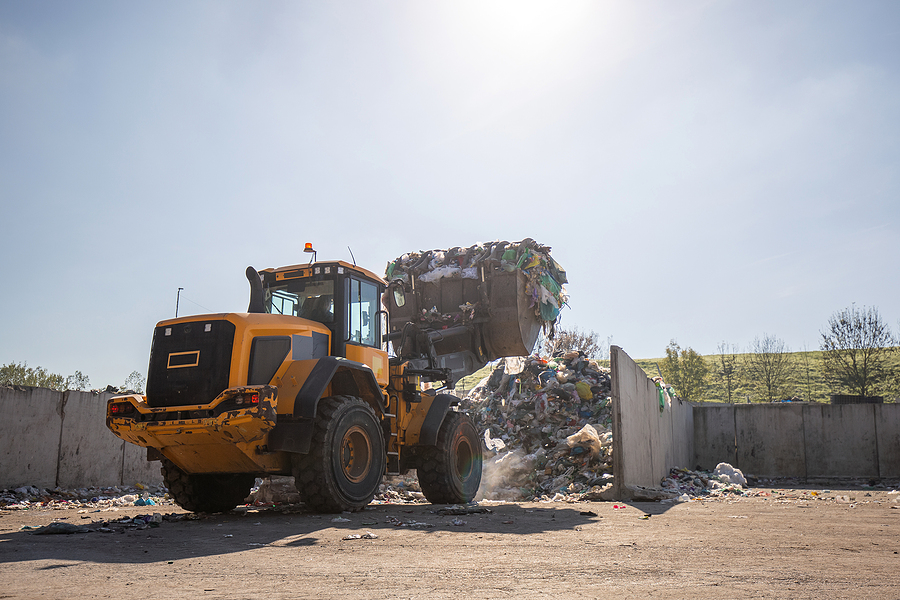In an era where sustainability is becoming more important than ever, understanding the process behind recycling can empower us to make smarter, more informed decisions about our waste. One recycling process often overlooked is that of scrap metal. While it may conjure up images of towering piles of rusty iron and steel, the reality of scrap metal recycling is a fascinating and intricate process that plays a crucial role in global sustainability efforts.
This blog post will walk you through the complex world of scrap metal recycling, shedding light on the journey that our discarded metals undertake when they are handed over to metal recyclers for a new lease of life. So, without further ado, let’s delve into the mysterious world of scrap metals and their transformation.

What is Scrap Metal Recycling?
Scrap metal recycling is the process of collecting, sorting, and processing discarded metallic materials to be reused in the production of new products. It is a form of resource recovery that prevents the need for new mining and extraction processes, ultimately reducing energy consumption and environmental impact. Common scrap metals include steel, aluminum, iron, copper, and brass, with many other types of metal also being recyclable.
The Collection Process
The first step in the recycling process is the collection of scrap metals. This can happen through various means, such as curbside pickup, community drop-off centers, and industrial metal waste management. Many metal recyclers also have their own collection teams that go out to businesses and construction sites to gather scrap metal. This initial collection stage is crucial as it ensures that the materials are sorted properly, preventing contamination, and maximizing their recycling potential.
Sorting and Processing
Once the scrap metals have been collected, they are transported to a metal recycling facility where they undergo sorting and processing. The first step in this stage is to separate the various types of metal from each other as well as from any non-metal materials. This is often done using magnets, as some metals can be attracted to them while others are not. Once sorted, the metals are then shredded into smaller pieces to make them easier to handle and transport.
Melting and Purification
After shredding, the scrap metal is melted in a furnace at high temperatures. Different metals have different melting points, so they are often melted separately to prevent contamination. Once melted, the impurities in the metal rise to the surface and can be skimmed off, leaving behind a purified form of the metal ready for reuse.
Repurposing
The final step in the recycling process is repurposing the scrap metal into new products. Purified metal is then sold to manufacturers who use it to create a wide range of products, from cars and appliances to construction materials and packaging. This process not only saves energy and resources but also reduces the amount of waste ending up in landfills.
The Environmental Benefits
The benefits of scrap metal recycling go beyond just reducing the need for new mining and extraction. Recycling one ton of steel can save 2500 pounds of iron ore, 1400 pounds of coal, and 120 pounds of limestone. It also reduces greenhouse gas emissions and saves energy – recycling aluminum can save up to 95% of the energy required to produce it from raw materials. Additionally, by reusing scrap metal, we decrease the amount of waste in landfills, which not only helps to conserve natural resources but also prevents the release of harmful chemicals into the environment.
Final Thoughts
From collection to repurposing, the process of scrap metal recycling is a vital part of our efforts towards a more sustainable future. As individuals, we can do our part by properly disposing of scrap metals and supporting metal recyclers in their efforts. By understanding this complex process, we can appreciate the impact that recycling has on the environment and make more informed choices in our daily lives. So, next time you see a pile of discarded scrap metal, remember that it is not just waste, but a valuable resource waiting to be reused. Together, we can make a positive impact on the world around us through something as simple as scrap metal recycling.
Are you looking to find the most reliable scrap metal buyers in Indy that provide superb payouts and an effortless recycling process? Just contact Garden City Iron & Metal at 1-888-586-5322 for the highest standards of professionalism, and the highest payouts for metal recycling in Indianapolis, Indiana.
Related Posts:
Getting Started With Ferrous Metal Recycling: What You Need To Know
An Overview of Different Types of Metals and How They Can Be Recycled
The Benefits of Metal Recycling for the Environment
